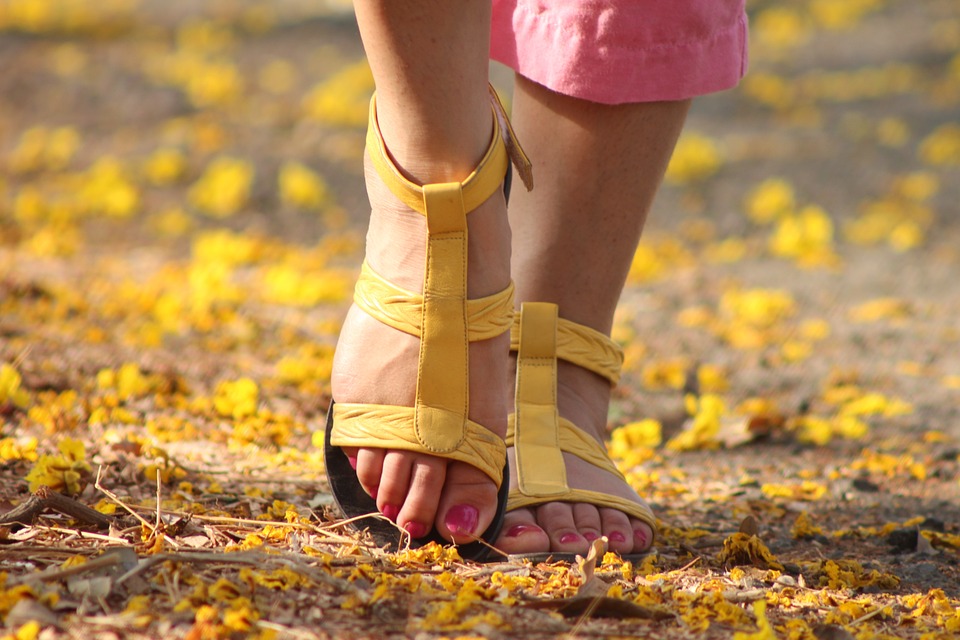1. Wear compression stockings
The key here is to wear made-to-order compression stockings to relieve venous blood pressure. Over-the-counter stockings work too although not as effective if you have a severe case of varicose veins. Futuro is one of the manufacturers who produce men and women stockings according to the different severity of varicose veins.
2. Wear loose clothing
Refrain from wearing tight clothing as it will restrict blood flow at the joints. Wear breezy cotton clothing instead.
3. Massage and moisturise
Massage your legs and feet with lotion or cream after a bath for better blood circulation.
4. Exercise
Exercise regularly at least three times a week for at least 20 minutes per session. Walking and swimming are two activities that you can do easily. Avoid vigorous cycling, jogging, heavy lifting or any other workout that would put
more pressure on your legs. If you are overweight, this is the right time to start being serious about getting in shape as a sedentary lifestyle is strongly associated to rapid progression of varicose veins.
5. Leg elevation
When your feet feels weary at the end of the day, lie down and raise your legs on a pillow or folded blanket. Having your legs on a level above your heart improves blood circulation and reduces the pressure in the legs. For more relief, you could lay on the floor so that your legs are straightened out and up against the wall. 90 degrees may be hard to
achieve but just prop your legs against the wall for as far as you can go. Stay in that position for at least 10 minutes.
6. Wear good shoes
The right footwear is important even for those without a problem in their feet. A pair of comfortable and well-fitted
shoes is essential for those with varicose veins. Make sure your shoes have good sole support that hugs and cushions your feet, or you can use prescribed corrective sole supports that can be inserted into shoes. Do not wear high heels especially if you are pregnant and elderly; these have been known to be a killer for varicose veins.
7. Treat injuries
After bumping your leg against a hard surface, elevate your leg immediately to minimise bruising and then apply an ice pack immediately after. If you happen to cut or scratch the skin, again elevate the leg and apply pressure with a clean bandage wound around the injury for 15 minutes. If the bleeding or pain does not subside after 15 minutes, apply pressure for another 15 minutes but seek treatment if there is still no improvement thereafter.
8. Eat healthily
A balanced diet should be taken together with regular exercises. Go for a diet low in fat, sodium and sugar. Skip
grilled, fried and boiled food on favour of baked, steamed and stir-fried food, and forgo spicy food too especially when your veins start to swell. Load up on fibre by eating more vegetables and fruits.
9. Move around
It will definitely help if you avoid prolonged standing and sitting. Long durations of sitting don’t help too; take a
short walk around every 30 minutes if you have a desk job.
















